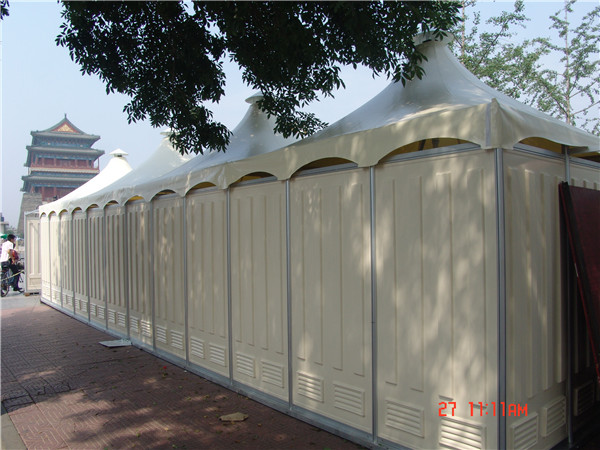Sep . 25, 2024 19:38 Back to list
pvc cutting board
The Versatility and Benefits of PVC Cutting Boards
When it comes to culinary tools, cutting boards are indispensable in any kitchen. Among the various materials available, PVC (Polyvinyl Chloride) cutting boards have gained popularity for their unique properties and advantages. In this article, we will explore the features, benefits, and some innovative uses of PVC cutting boards, illustrating why they deserve a place in both professional and home kitchens.
What are PVC Cutting Boards?
PVC cutting boards are made from a type of plastic that is robust and resistant to various forms of wear and tear. Unlike traditional wooden or bamboo cutting boards, PVC boards do not absorb moisture, making them less prone to warping and cracking. Additionally, they do not retain odors or flavors, which is essential for maintaining the integrity of various food items.
Benefits of Using PVC Cutting Boards
1. Hygienic and Easy to Clean One of the most significant advantages of PVC cutting boards is their hygienic properties. The non-porous surface does not harbor bacteria, making them safer for food preparation. They can be easily cleaned with soap and water, and some models are even dishwasher-safe, which simplifies the cleaning process significantly.
2. Durability PVC cutting boards are known for their durability. They can withstand heavy use without showing signs of wear, making them ideal for both professional chefs and home cooks. Unlike wooden boards, they do not require oiling or special maintenance, ensuring that they can maintain their shape and integrity over time.
3. Cost-Effective Compared to other high-end materials like marble or high-grade wood, PVC cutting boards are budget-friendly. Their affordability combined with their durability means that they can provide excellent value for money, making them accessible to all.
4. Lightweight and Portable PVC cutting boards are generally lighter than their wooden counterparts, which makes them easy to transport and handle. This feature is particularly beneficial for anyone who conducts outdoor grilling or needs to move their cutting board around the kitchen.
pvc cutting board

5. Variety of Designs PVC cutting boards come in a multitude of colors, sizes, and styles. This variety allows chefs to choose boards that complement their kitchen decor or to designate different boards for specific types of food (e.g., one for vegetables, another for meats) to avoid cross-contamination.
Innovative Uses for PVC Cutting Boards
While the primary use of PVC cutting boards is for food preparation, their versatility extends beyond the kitchen. Here are some innovative uses that you might not have considered
- Crafting Surface PVC cutting boards can serve as an excellent crafting surface due to their smooth, sturdy surface. They can be used for cutting fabric, working with adhesives, or as a base for painting projects.
- Sushi Rolling Station The non-stick nature of PVC makes it perfect for sushi making. The surface is easy to clean after rolling sushi, and it can provide a solid foundation for all the necessary components.
- Pet Feeding Mat Placing a PVC cutting board under your pet's food and water bowls can help catch spills and make cleaning easier. The non-porous material prevents stains and odors from settling in.
- Garden Tool Organizer Clean and tidy gardeners can use PVC boards to stow away tools and create a mini work bench for potting or other tasks.
Conclusion
PVC cutting boards offer a range of benefits that make them a practical choice for any kitchen. Their hygienic properties, durability, and ease of cleaning set them apart from wood or bamboo boards. Additionally, their versatility makes them useful for various other tasks around the home. Whether you're a seasoned chef or an aspiring cook, incorporating a PVC cutting board into your kitchen tools can enhance your culinary experience and provide peace of mind when it comes to food safety. With their myriad of uses and benefits, PVC cutting boards are truly the unsung heroes of the kitchen.
-
High-Quality PPR Pipes and Fittings Durable ERA PPR & PVC PPR Solutions
NewsJul.08,2025
-
Black HDPE Cutting Board - Durable, Non-Porous & Food Safe HDPE Plastic Cutting Board
NewsJul.08,2025
-
High-Quality CPVC Panel Durable HDPE & PVC Panels Supplier
NewsJul.08,2025
-
Double PE Welding Rod Supplier - High Strength, Durable & Versatile Welding Solutions
NewsJul.07,2025
-
High-Quality PVC-O Pipe Supplier Durable 75mm PVC Pipe & Connections Leading PVC Pipe Company
NewsJul.07,2025
-
HDPE Drainage Pipe Supplier – Durable & Corrosion-Resistant Solutions
NewsJul.06,2025

